Why early intervention is the best strategy you’ve got
Burnout doesn’t always arrive with fanfare. It creeps in quietly—behind polite smiles, endless meetings, and “I’m just busy” emails. And by the time someone finally breaks down, checks out, or hands in their resignation? It’s already too late. But what if we could spot it sooner?









